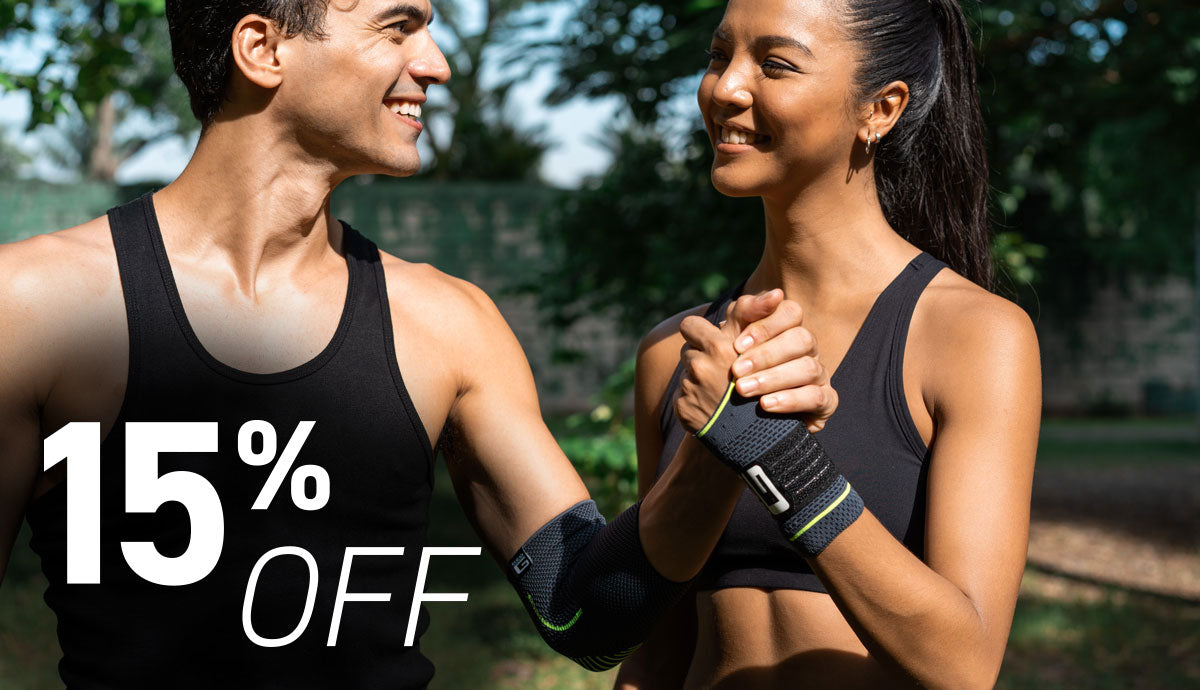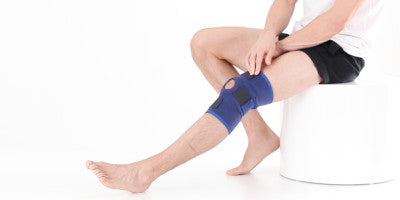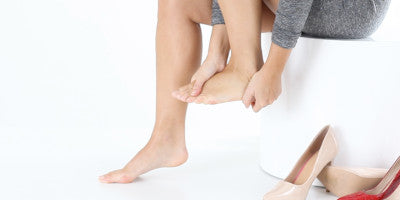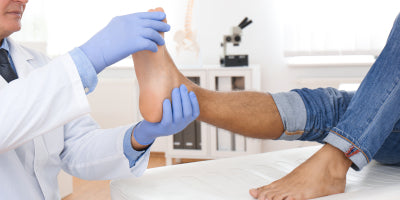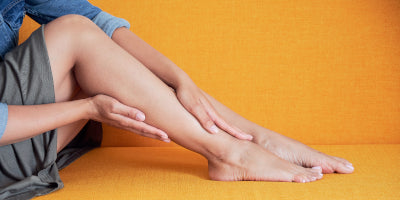How To Manage Pre & Post Op Rehabilitation

With restrictions across the UK beginning to lift, some elective or non-urgent surgeries have started to resume. However, due to the large waiting lists that have built up during the pandemic, many people will still be waiting for surgery. Here, we will be looking at pre-operation rehabilitation for those who are waiting for surgery and post-operation rehabilitation those who have been able to have surgery.
Pre OP
Deconditioning
Deconditioning has become an increased problem for the NHS during the pandemic as individuals have been less active either due to pain limiting movement or facilities being closed. Muscle strength can decrease by 2-5% per day due to inactivity, bedrest or a sedentary lifestyle. This starts a vicious circle where, as strength decreases, it is harder and likely more painful to get moving which lessens movement and in turn, further decreases muscle strength. This can greatly impact your surgery outcomes as some conditions will require a base level of muscle strength before surgery can occur.
What can you do pre surgery?
Diet

This is a really important area to look at in the lead up to surgery and can be split into two areas. Those individuals who have a higher Body Mass Index (BMI) have an increased risk of complications during and after surgery so should look at both their calorific intake as well as the make-up of the consumed calories, to preserve as much muscle mass as possible.
On the other side of the coin, individuals who have become deconditioned may not have an issue with their BMI but could benefit from increasing protein intake within their normal diet to help the process of regaining muscle strength.
Pain Management

Alongside mobility issues, pain will be a limiting factor for most individuals. While getting pain to completely go may not be possible before surgery, reducing pain to a manageable level, either for a long period or frequent short periods, can have a major effect on your daily life and mental health.
There are many options available to help with pain management. We recommend speaking with a dedicated pain team or your GP, as they may have methods that can help with your pain that you haven’t tried before. Among these methods may be using heat therapy, or the use of TENS machines which could be enough to get your joints moving whilst reducing your pain levels.
Exercise and Supports
Once your pain is more manageable, then getting active will also help with increasing muscle strength and weight loss. Exercises can be completed within your current capabilities but the main thing to remember is to do something each day to try and limit any further deconditioning.
You may be anxious to get moving again, especially whilst you are waiting for surgery. However, for most people, the benefits of being active will outweigh any other issues. To give further reassurance whilst exercising pre-operation, consider using a medical support for the affected area. We recommend your first support be easily adjustable, to allow you to use it both pre and post-surgery if required.
Post Op
In the first few weeks and months of recovery following surgery, a lot of the tips for pre-operation will still be valid as it is likely pain will be a limiting factor. Once it has been confirmed by your surgeon that it is suitable to start moving, you should do so as soon as possible. Not moving following surgery can slow your recovery down as, depending on the type of surgery, some form of deconditioning can occur.
Its likely following surgery that you will have been given a specific rehabilitation program for your needs which should always be followed however below are some tips of things that can be done following discharge from your program.
Gradually Build Up

For many, once the pain has become manageable and any surgical wounds have healed, it can be tempting to complete exercise at a level that you would have done pre injury. Depending on the type of exercise being completed, this may not be possible. You should gradually increase intensity over time and listen to your body, rather than trying to push through and causing a new injury. For example, a runner may gradually build up their exercise intensity by initially completing their exercises in a swimming pool, which will take load of the joints. Following this, they could then progress onto treadmill before finally going outside.
Use a Support
Alongside your rehab program, using a medical device to help support the joints can be beneficial to many people. At Neo G, we pride ourselves on developing products that should be used in conjunction with other treatment options so that you don’t become reliant on the support to accomplish your daily tasks. Throughout your rehab journey you may progress from a firmer support to a milder one as your needs change throughout recovery. Below, we have two of the most common rehabilitation journeys for the wrist and knee that would benefit from using our supports.
Wrist - Carpal Tunnel Surgery
Pre Surgery
The Neo G RX Wrist Brace is a great product to use for managing carpal tunnel syndrome. Although the support is sized, the Rehab Xcelerator Wrist Brace features an adjustable strap which allows for the perfect fit and support to limit movements that can aggravate the wrist. The support is also constructed from a breathable fabric to further provide comfort while using daily.
Post Surgery - Initial Recovery Period
Following carpal tunnel surgery its recommended to use a splint for the first 1-3 weeks. Again, using the RX support will provide the best fit possible for recovery. However, if swelling has become an issue, to the point that your original support is too tight, an alternate we offer is our Stabilized Wrist Brace in our Variable Compression System range.
The Stabilized Wrist Brace is a one size support meaning you can adjust it to fit most wrists and hands. Made from heat therapeutic neoprene, it will help relieve some pain in the area however unlike the RX product the material is less breathable and you will get slightly less support.
After 3+ Weeks
After a period of recovery, you may not require the use of the splint in the RX Wrist Support and VCS Stabilized Wrist Support. Therefore, the support level that you will require can also reduce. At this stage, the support level you require will be determined by how strong your wrist is and how severe any swelling is. Provided swelling has gone down, you may want to wear our Active Wrist Support which provides mild to moderate support and is made of a specialist breathable fabric, perfect for use during your rehabilitation exercises. Following that, the Airflow Wrist and Thumb Support will see out your recovery journey with it’s mild support level and Multi Zone Compression, which provides a snug yet flexible fit, helping warm muscles.
Knee - Osteoarthritis Joint Arthroplasty
Pre Surgery
Leading up to surgery, keeping as active as possible whilst protecting the joint will be key. The Rehab Xcelerator Stabilized Knee Support is perfect for providing the most appropriate support to the knee joint while not impacting movement as it features two adjustable straps with an elasticated lacing system to provide controlled compression.
Post Surgery - Initial Recovery Period
Depending on the level of surgery, a knee support that includes hinges for a set range of motion may be required, such as the Adjusta Fit Hinged Open Knee Brace. This type of supports should be discussed with the medical practitioner in charge of your care to make sure it is suitable for your knee. As your rehab progresses and less support is required around the knee joint you will be able to utilize a variety of supports in the Neo G Range such as the Airflow Plus Stabilized Knee Support with Silicone Patella Cushion. This support still provides a high level of targeted compression and support to the knee joint from the silicone patella cushion as well as the flexible metal stays which support the medial and lateral aspect of the knee joint.
After 4+ Weeks
Throughout your rehab journey, the muscles around the knee joint will become stronger and you should require less support from your medical device. You may find that swelling is the only limiting factor to movement now. If this is the case, using our Active Knee Support will be a great addition to your recovery and rehabilitation. Providing Multi Zone Compression, the support will adapt to your knee joint during movement and will provide the required level of compression to help reduce swelling around the knee joint. As the support does not include any additional metal stabilisers there will be no restriction of movement allowing you to continue to focus on your recovery.
Our VCS range offers varying levels of support from mild to moderate to firm to provide optimum protection and stability. As a one size solution, these supports are fully adjustable to allow for a custom fit. In addition to this, the heat therapeutic neoprene helps to warm muscles and joints during exercise and rehabilitation, making the VCS range perfect for supporting instability during weights and gym training, as well as helping strains, sprains and weak, arthritic joints.

For support in everyday activities, the Airflow and Airflow+ ranges offer lightweight, slimline supports that protect and reduce the impact on joints and muscles. Perfect for taking a walk, playing sport or support with day to day strain.
Our Active range of knitted supports provide a snug, yet flexible fit during sporting and occupational activities. Multi Zone Compression surrounds muscles and joints for targeted support and the multi-way stretch allows flexible and safe movement, providing comfortable support and reducing the likelihood of injury. The specialist breathable fabric helps control moisture during intense activities, whilst the slimline, lightweight design means it can easily be worn under clothes for everyday wear.
